There can be your advertisement
300x150
Arctic Museum of Modern Art in Norilsk Makes Top-8 Archdaily List
Archdaily, an online platform reviewing significant architectural projects, products and trends, has included the Arctic Museum of Modern Art in Norilsk among the 8 best unfinished architectural projects of the week.
The Arctic Museum of Modern Art (AMMA) is planned to be built on the site of the former House of Trade — one of the few examples of Soviet modernism architecture in Norilsk. "Balancing respect for the internal value of the building and the need to free up space for a modern museum was the main factor reflected in the new expansions, implemented through the building's structure," says the architectural studio behind the project.
Archdaily, an online platform reviewing significant architectural projects, products and trends, has included the Arctic Museum of Modern Art in Norilsk among the 8 best unfinished architectural projects of the week.
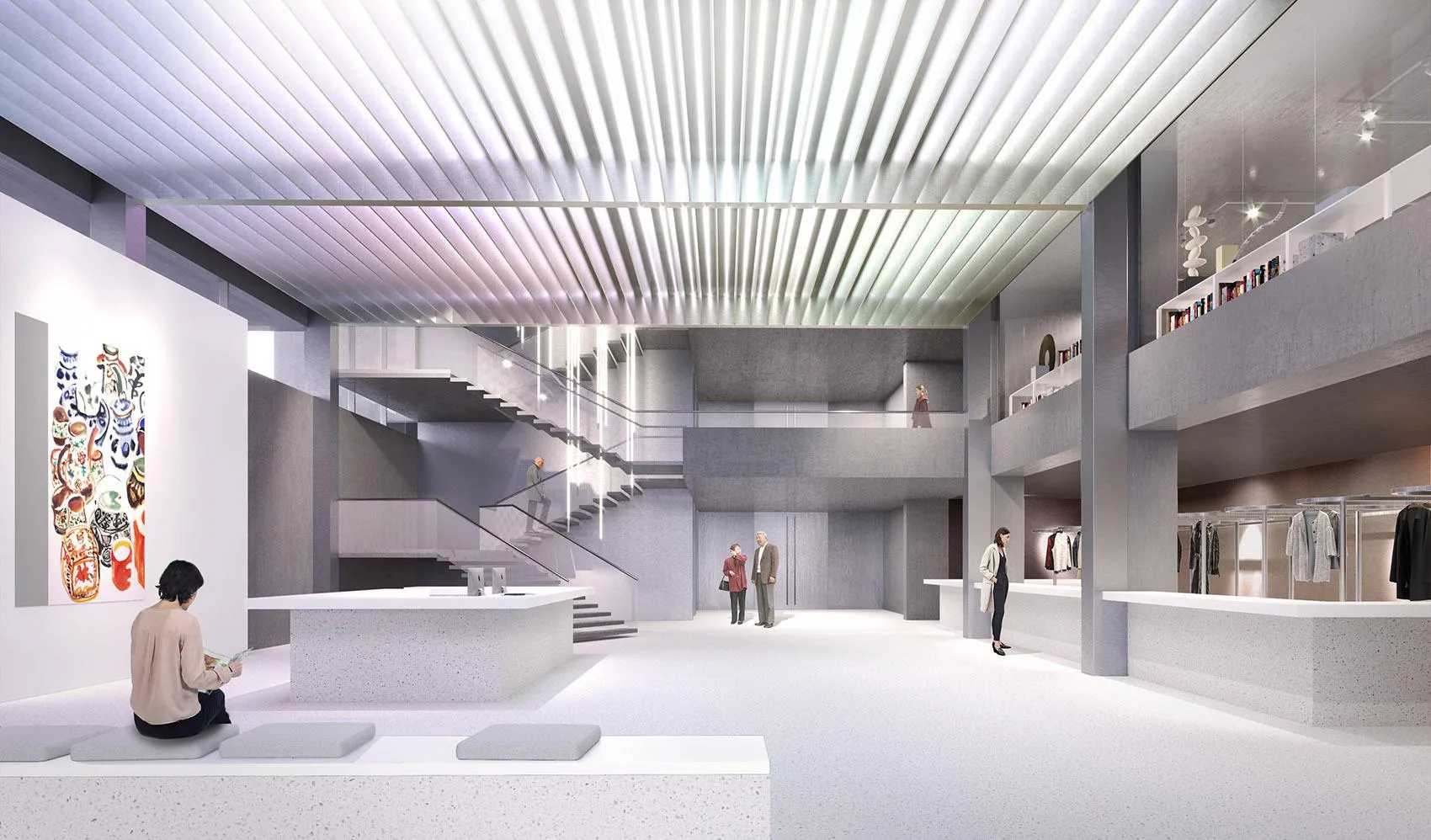
The Arctic Museum of Modern Art (AMMA) is planned to be built on the site of the former House of Trade — one of the few examples of Soviet modernism architecture in Norilsk. "Balancing respect for the internal value of the building and the need to free up space for a modern museum was the main factor reflected in the new expansions, implemented through the building's structure," says the architectural studio behind the project.

One of the concept developers for the Arctic Museum is Nata Tatunashvili, founder of Nowadays. A young and talented architect from Russia, she is known for her work in revitalizing urban areas.
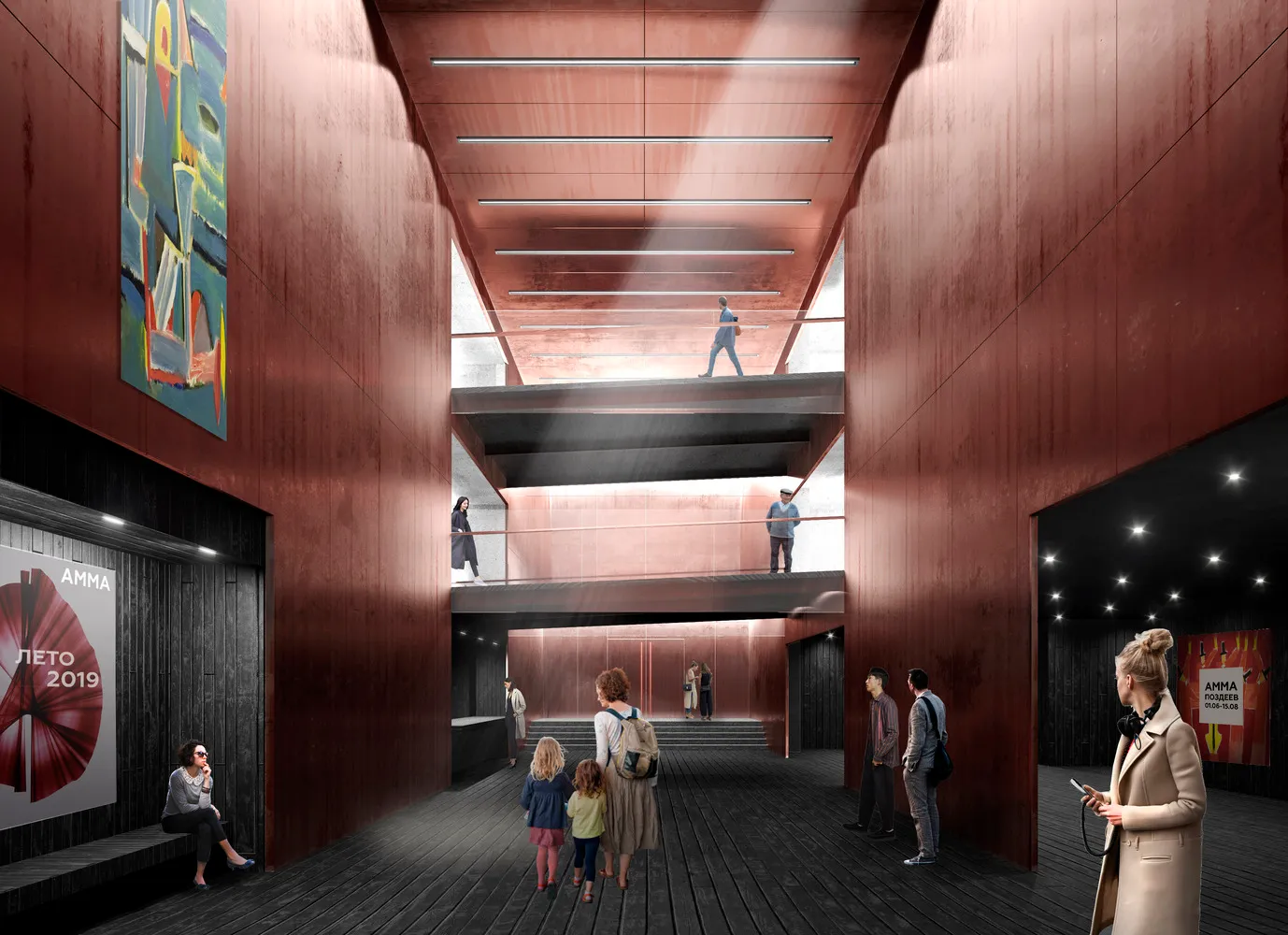
Norilsk is the northernmost city in Russia with a population of nearly 200 thousand people. The Arctic city got its name from the Norilka River, which flows nearby. The city is located near the Norilsk Mountains.
Currently, Norilsk is going through major changes: the giant metal mining company Norilsk Nickel, the main employer here, is shifting towards replacing old housing, building new schools and hospitals, as business grows due to increased global demand for basic metals such as nickel, copper and cobalt.

The museum, funded by Norilsk Nickel, is expected to be built by 2025 and could become one of the most significant architectural achievements in Eastern Europe.
An interesting feature of the museum is its open collection, which is rare in Russia — the collection storage will always be accessible to the public. Another creative solution is creating a covered "urban square" on the first and second floors, where visitors can access almost any room. Typical elements of a museum entrance will blend with the library, children's area and more.
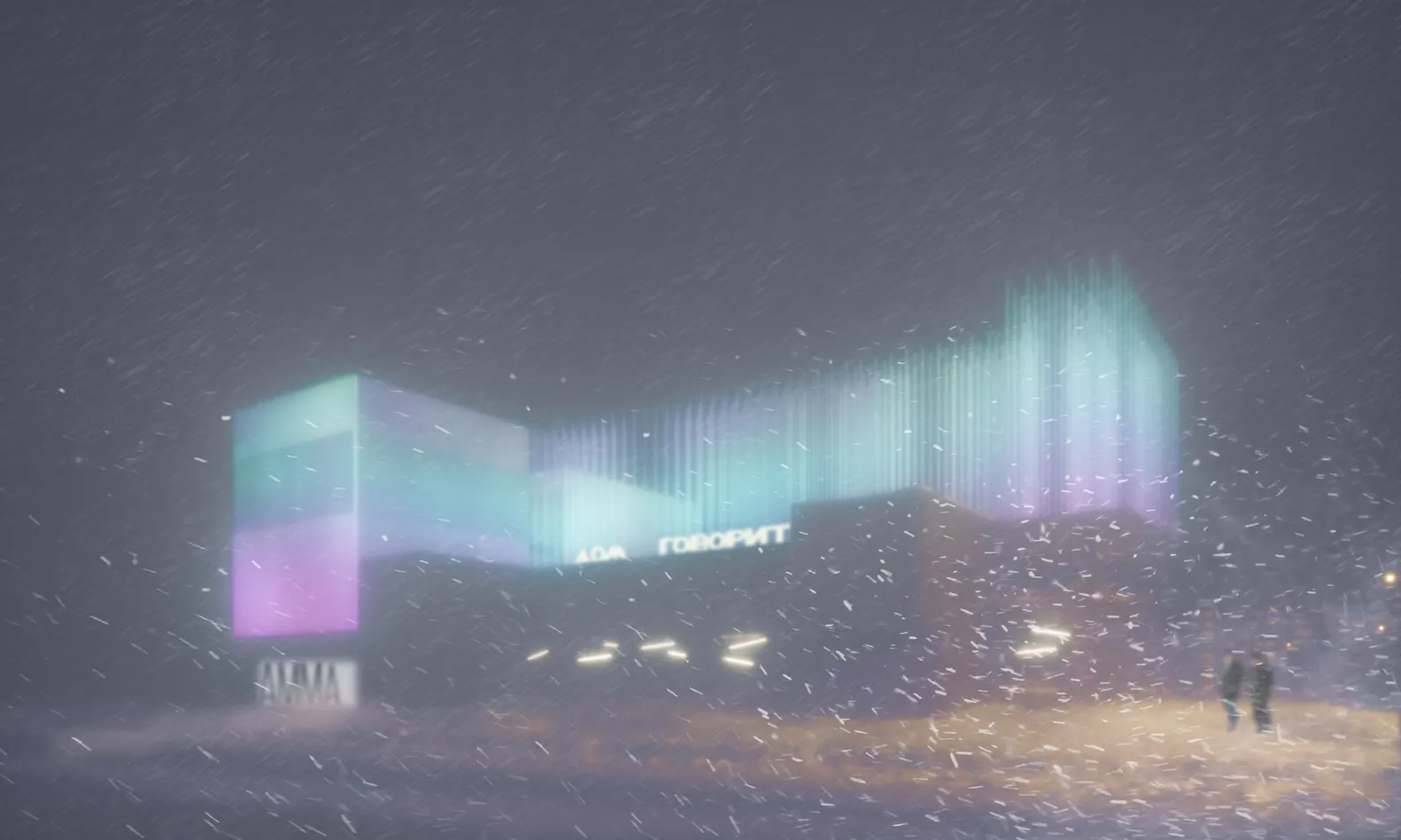
Exhibition areas for modern art in the museum building present two fundamentally different types of space. The storage, also known as a "black box," occupies the second floor of the existing building and combines the museum's storage — organized according to an open-storage principle — with temporary exhibition space showcasing content funded by the museum and reflecting a concentrated history of Norilsk.
The basement, first and second floors make up a fully open public area with free access to all rooms. Here typical elements of the museum entrance blend with a performance hall, library, children's area and more. Creating such an open public space in harsh Arctic conditions means moving it indoors — a method implementing the concept of the covered "urban square."
The new vertical building, otherwise known as the "white box," is the main exhibition space where modern art exhibitions from around the world are regularly held. It consists of two volumes of different heights, connected by a "hinge" staircase with glass railings and raised to the first floor level.
The building's exterior reflects the complexity of its internal structure, where each element serves a unique function and uses distinctive materials. To ensure the original House of Trade building doesn't look foreign in the new urban landscape, it is decorated with one of the most common finishing materials in the city — decorative stucco "furry coat," resistant to Norilsk's harsh climate but slightly changing over time. Meanwhile, trapezoidal windows showcase a diverse array of brightly lit greenery using techniques borrowed from local residents who decorate their windows this way.
In contrast, the new building is designed to stand out against its surrounding landscape. Its facade, finished with light-colored vertical metal sheets, appears blurred during the day due to the play of light and shadow on the sheets and softly glows at night.
This structure built over the roof of the existing building resembles a forest of thin metal columns that can serve as stages for material installations in bright summer weather and house lighting fixtures in winter.
The two signs on the museum facade — AMMA and the phrase "The House Speaks" — reference the sign that previously adorned the original building: "House of Trade," through a subtle anagrammatical clue.
More articles:
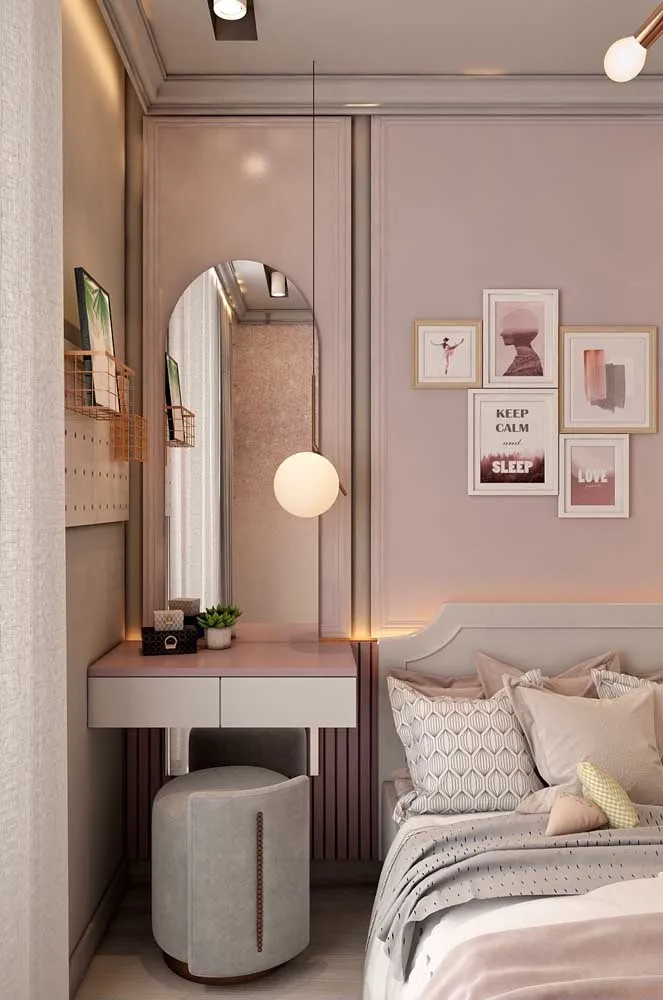 Impressive Ideas for a Teen Girl's Bedroom
Impressive Ideas for a Teen Girl's Bedroom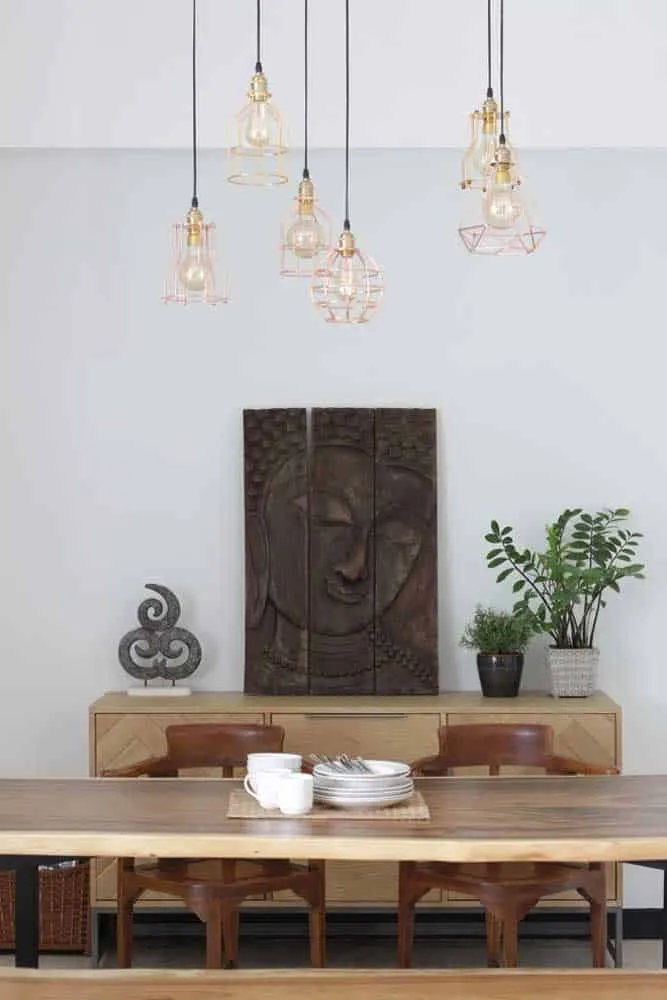 Impressive Decorative Tips for Using Pendant Shades
Impressive Decorative Tips for Using Pendant Shades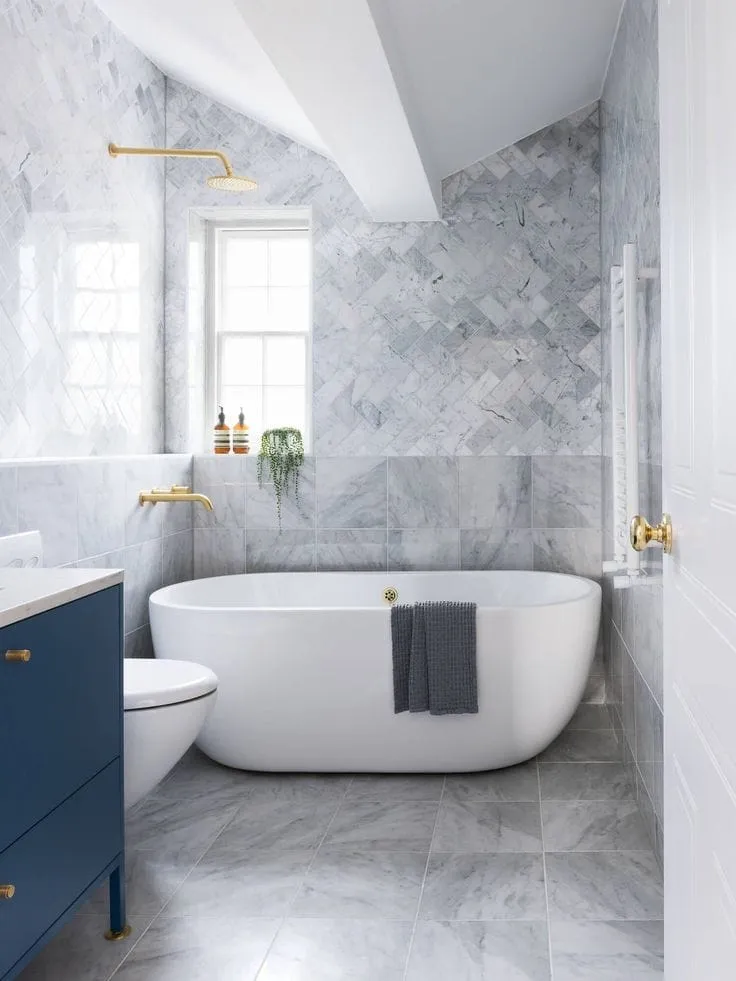 Amazing Bathroom Design Ideas for Apartments
Amazing Bathroom Design Ideas for Apartments Impressive Ideas for Embroidery Wall Decor for Your Home
Impressive Ideas for Embroidery Wall Decor for Your Home Important Ideas for Large Dining Tables
Important Ideas for Large Dining Tables Impressive Ideas for Yellow Kitchen Cabinets
Impressive Ideas for Yellow Kitchen Cabinets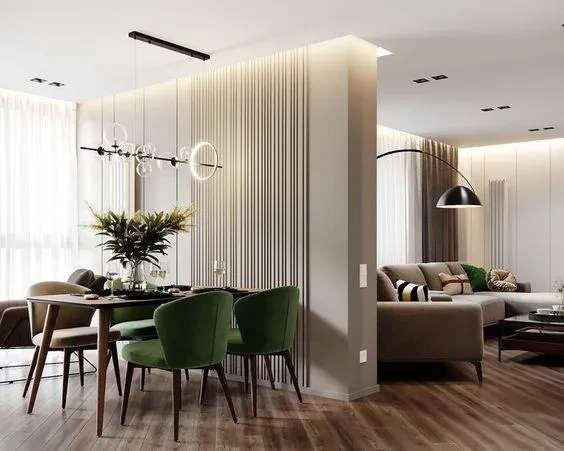 Inspired Ideas for a Decorated Dining Room
Inspired Ideas for a Decorated Dining Room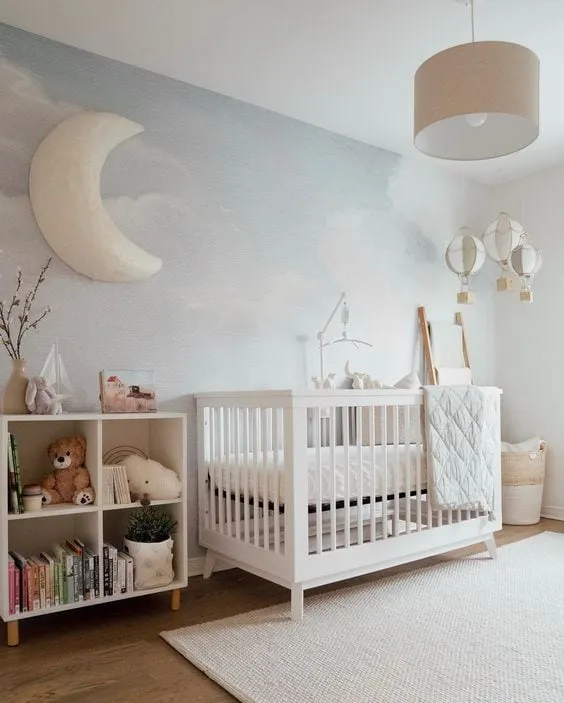 Excellent Cloud Ideas for Kids' Bedroom
Excellent Cloud Ideas for Kids' Bedroom